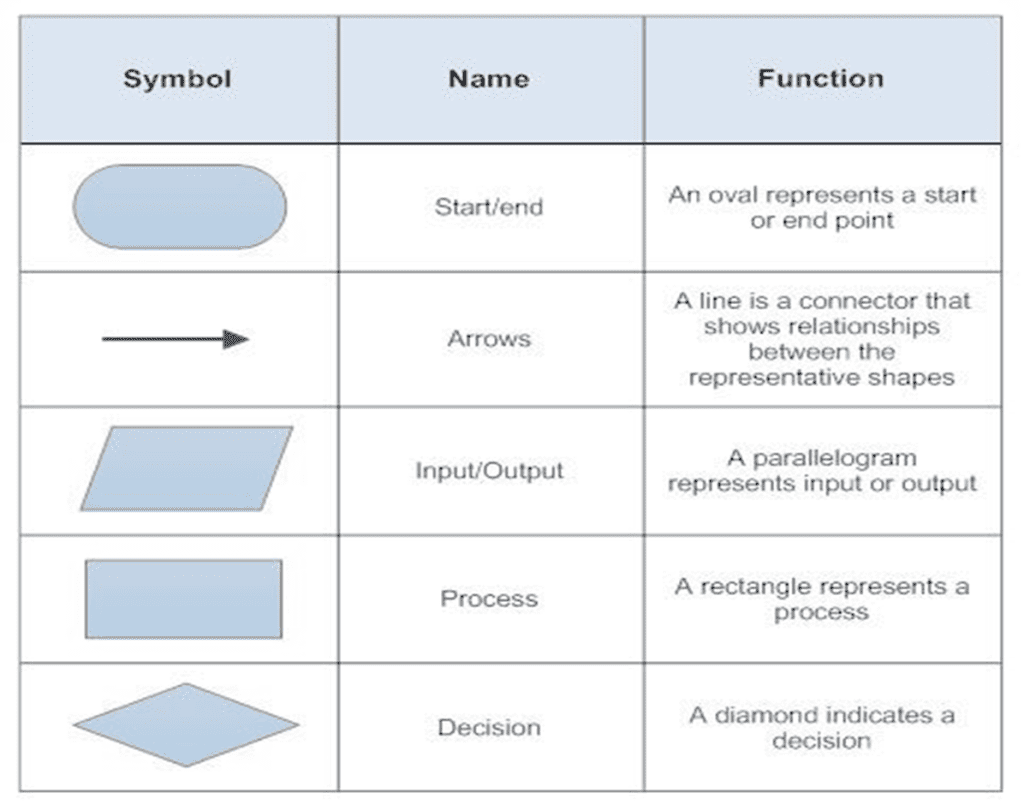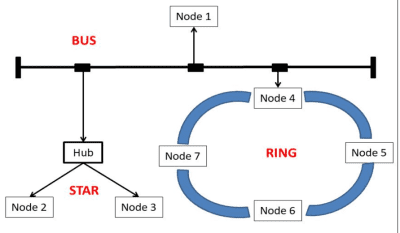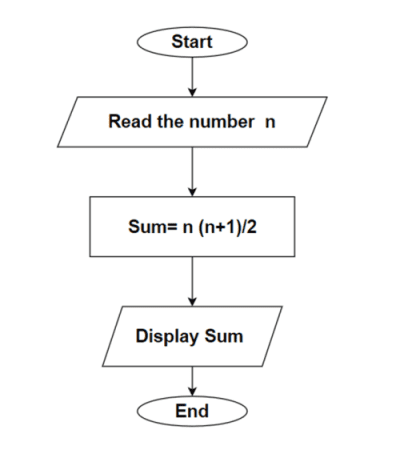Algorithm
An algorithm is step by step description of the method to solve a problem. It is an effective procedure for solving a problem in a finite number of steps.
Algorithms are essential in computer science and programming, guiding the computer on how to perform a specific task.
Features:
- Sequence (Process):
A set of ordered steps or operations that are executed in a specific order. - Decision (Selection):
Involves making a choice between two or more alternatives based on a condition or criteria. - Repetition (Iteration or Loop):
The repeated execution of a set of instructions as long as a specific condition is satisfied.
Example:
write an algorithm to find the sum of any two numbers.
Step 1: Start
Step 2: Read Two Numbers , A and B
Step 3: Sum Two Numbers (C=A+B)
Step 4: Display C as sum of A and B
Step 5: Stop
Flowchart
Flowchart is the graphical representation of an algorithm using standard symbols. It contains a set of various standard shaped boxes that are interconnected by flow lines. The flow lines have arrows to indicate the direction of the flow of control between the boxes.
Flowcharts facilitate communication between programmers and business persons. It helps in understanding the flow of a process and makes it easier to visualize complex algorithms.

Example:
Draw a Flowchart to find the sum of two numbers

Algorithm And Flowchart To Find The Largest Number Among Three Numbers
Algorithm And Flowchart To Find Whether A Number Is Prime Number Or Not




